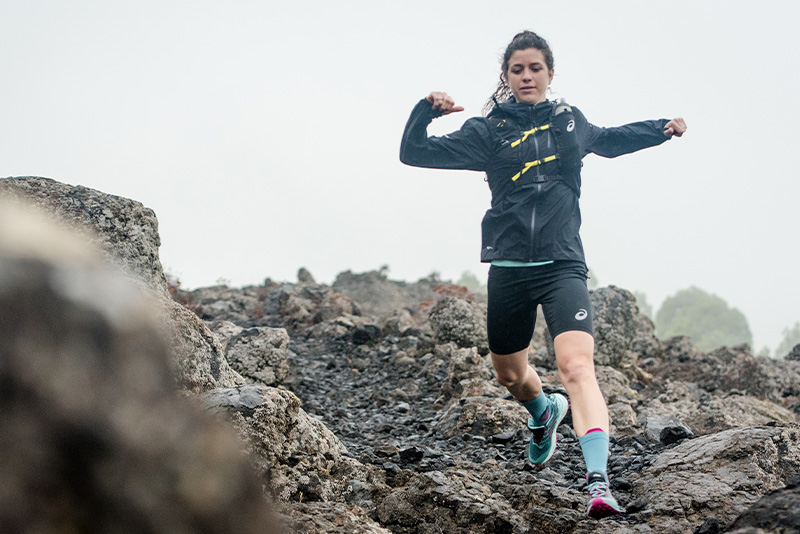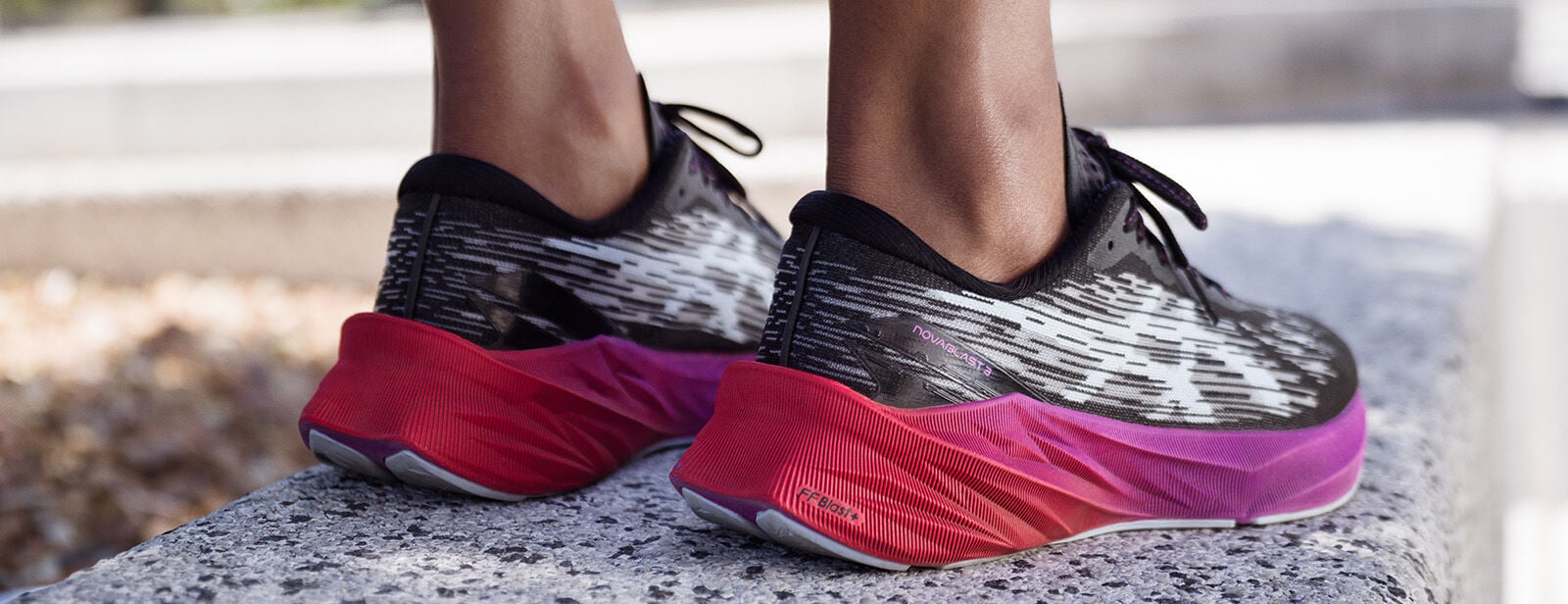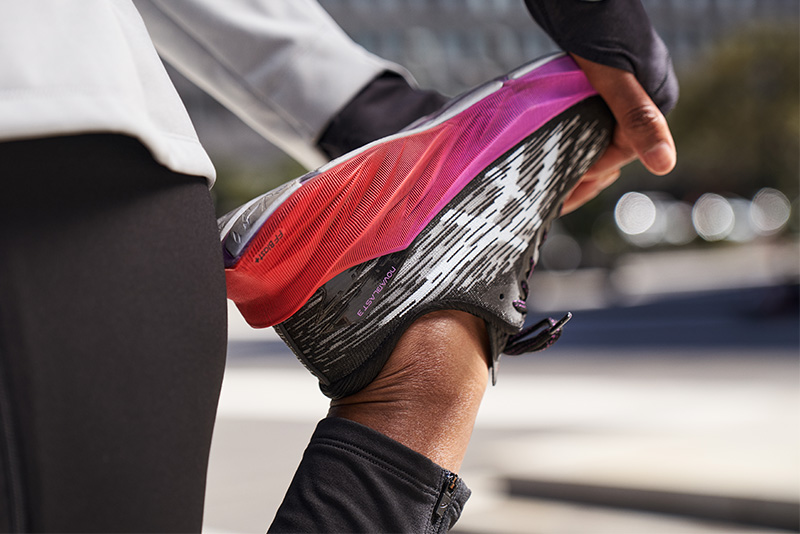If you have ever experienced pain in your ankle when running or during other athletic activities, then you know it can be a serious problem. The good news is that most ankle injuries are preventable with some key considerations in your training program and proper stretching before and after.
What Causes Ankle Pain?
There are many causes of ankle pain while running. The most common culprits are muscle strains, sprains, or tears. Most ankle injuries occur when the foot is suddenly unstable during a run due to an uneven surface, sudden change in speed or direction, bad running form, or weak muscles around the ankle. Ankle instability may also result from flat feet or high arches that don’t provide enough protection and support to your foot while you run.
Tendons are vulnerable to injury whenever they're stretched beyond their normal range of motion. If you're running on a slanted surface, for instance, each step could result in your foot rolling inwardly or outwardly.
This puts more stress on your tendons, resulting in more sprains and tears around the ankle and Achilles tendon. Weak muscles around the ankle may also cause you to roll your ankles more easily than usual because there's less control exerted over them by your joints.
Let’s take a look at five of the most common reasons ankles hurt after running.

Poor Running Form
Ankle injuries can stem from poor running form. When you land on the heel, your calf and Achilles tendons are put under a lot of stress.
To reduce the risk of injury, try to land more toward the front of your foot and lean forward from the hips instead of bending forward at the waist. This will help you keep your body in a more balanced position that distributes your weight more evenly between both feet.
Overstriding can also be a problem because it places a lot of stress on the foot and ankle when the foot lands. This can be avoided by having a short stride length and improving your foot strike pattern.

Running on Uneven Surfaces
The impact of running creates a force that is absorbed by the feet, ankles, and legs. When the surfaces are uneven, this force is not distributed evenly and excessive impact can occur on one side of the ankle.
Uneven roads and pathways, gravel tracks, rocky terrain, and muddy or grassy ground can cause disruption to the normal mechanics of running, which increases stress and strain on the joints, ligaments, and tendons.
Unsuitable Footwear
A lot of the time, an achy ankle can be traced back to the shoe. After all, the foot and lower leg are connected to the ankle. Wearing shoes that don't fit properly or aren't suited for your foot type can result in bunions and other problems.
If you're experiencing pain while running, find out if you're wearing the right shoes for your foot type and gait. It could be that your shoes are causing the problem. Some runners say that when they upgrade their running shoes, their ankle pain disappears. If you're using an old pair of shoes, try getting a new pair (or two) and see if that alleviates the problem.
Running shoes should have adequate shock absorption, stability, and cushioning features and technology to absorb impact forces during the foot strike phase.
Weak Ankles
One of the most common causes of ankle injuries is weak muscles or tendons around your ankles. A weak ankle joint is more likely to be injured because it's more vulnerable to being sprained or turned out of its natural alignment. One way to prevent this from happening is to strengthen the muscles around your ankles by doing some ankle exercises.
Poor Flexibility in Ankles and Calves
Tightness in the ankles and calves can lead to injury if left unchecked. To help with tightness, runners can perform a number of ankle and calf stretches before starting a running program. These stretches work by opening up the muscles and tendons in the lower leg, which can help prevent injuries down the road. Ankle flexibility is important because it helps ensure your ankles can adapt to the jolts and jars you experience while running.
Types of Ankle Injuries Due to Running
Ankle injuries are some of the most common running injuries, and they can be especially frustrating because once you have one, it can recur. Here are some of the common ankle injuries.
Ankle Sprains
Ankle sprains happen when you roll or twist your ankle, often during physical activity. The ligaments that connect the bones in your ankle become stretched or torn as a result.
Treatment depends on the severity of the injury and may include:
- Rest, ice, and compression
- Pain-relieving medications
- Rehabilitation exercises to regain strength and motion in the ankle
- Surgery — rarely needed for an ankle sprain
Sprains can be frustrating. A severe sprain can take six months to heal. If you break a bone, there is normally a clear, well-trodden path to recovery, but sprains tend to be less predictable. Seeing a physiotherapist or orthopedist can help with rebuilding ankle mobility as it heals.
Ankle Strains
Ankle strains involve injury to the muscle or tissue of the ankle. Some of the common symptoms of an ankle strain include swelling, bruising, and tenderness at the site of injury. Treatment of ankle sprain consists of rest, ice, and compression. These injuries typically heal within two to four weeks, after which most runners are able to return to sports, taking things easy. The severity of a strain will dictate the treatment and how long you need to reduce activity.
Stress Fractures
These are cracks in the bone that occur as a result of repeated trauma. This is more likely to happen if you haven't properly warmed up before you start running or you don't stretch after your run. This injury is also more likely if you have flat feet or a high arch. The main source of this stress is biomechanical—when the bones are overloaded with too much pressure for too long. Choosing suitable running footwear can reduce the stress on your ankles and shins.
Treatment for a stress fracture depends on the severity of the injury. Mild injuries can be treated with rest, ice, compression, and elevation. More serious injuries may require crutches, physical therapy, or even surgery.
Tendinitis
Tendinitis is an injury to tendons. It occurs when the tendon is overworked, causing inflammation and swelling. Tendons are strong bands of tissue connecting muscle to bone. The most common tendonitis injuries are to the Achilles tendon at the back of the ankle and the patellar tendon in front.
Extra Tips to Prevent Ankle Injuries While Running
You should always listen to your body. If you feel any pain, stop and examine the area carefully before you resume running. If the pain persists, see a doctor. Here is some other guidance on injury prevention.
Strengthen: Don’t Just Strap
Taping an ankle or wearing a brace or support, might seem like a good idea, but it's often better to strengthen the ankle itself and improve your balance and posture. Don’t protect an ankle without a plan to strengthen it, or you will be storing up problems for later.
Choose Suitable Running Shoes
Make sure you have the right shoes for running. Running shoes should provide enough support for your foot and do not necessarily need to be expensive.
Build Up Your Conditioning Gradually
If you're new to running, start slowly and build up gradually. One of the most critical aspects of preventing ankle injury is conditioning. Your muscles need to get used to running and need to be conditioned to be flexible and durable.
Warm Up and Cool Down
Warming up before any form of sports is essential for preventing ankle injury. This will increase blood flow. You should stretch after warming up because this prevents injury by increasing flexibility and range of motion in your joints and muscles. This will help them to adapt to the demands of your run. You should also cool down and stretch after your run.
Follow This Ankle Injury Prevention Guidance
Now you know quite a lot about how to prevent ankle injury while running. There are no magic tricks, but these simple tips and changes can reduce your risk of getting injured. Take action, especially if you are susceptible to ankle injuries.

